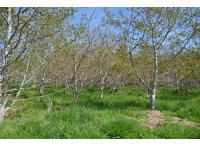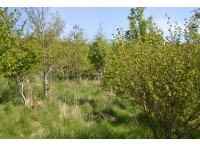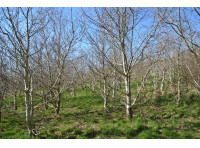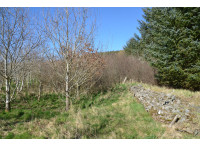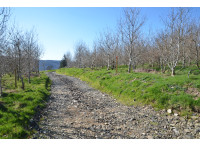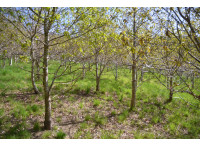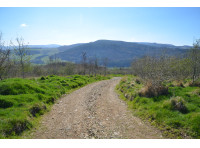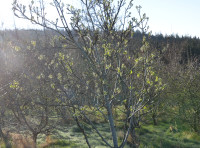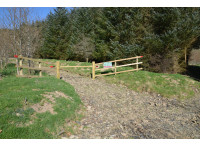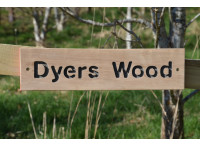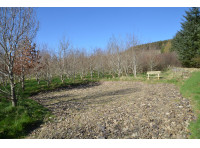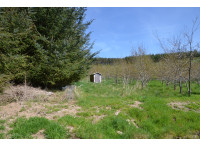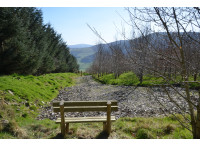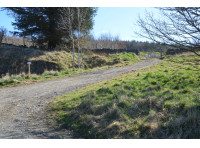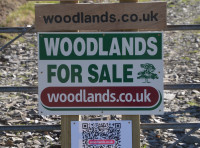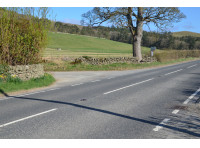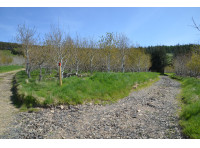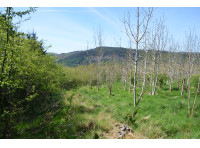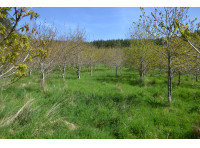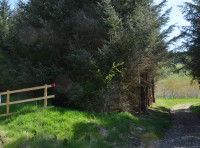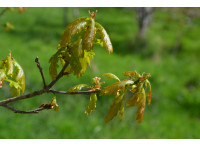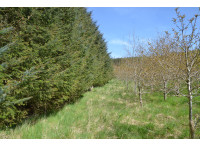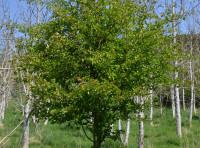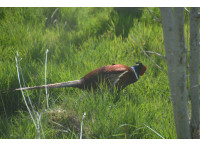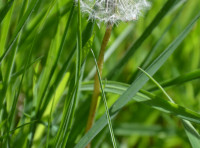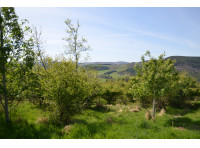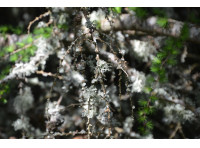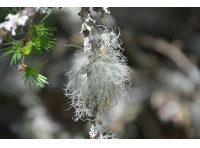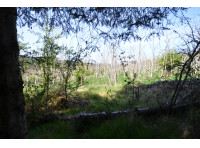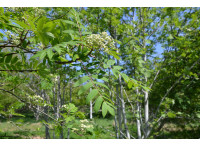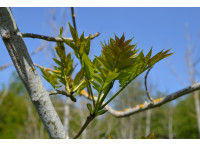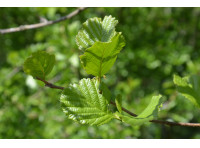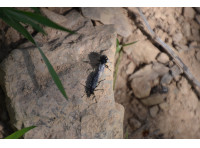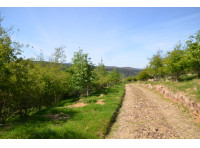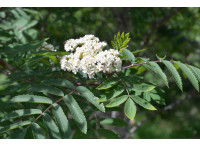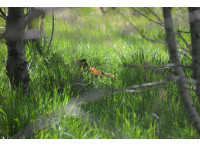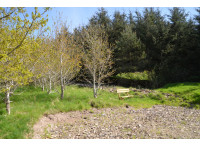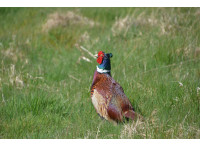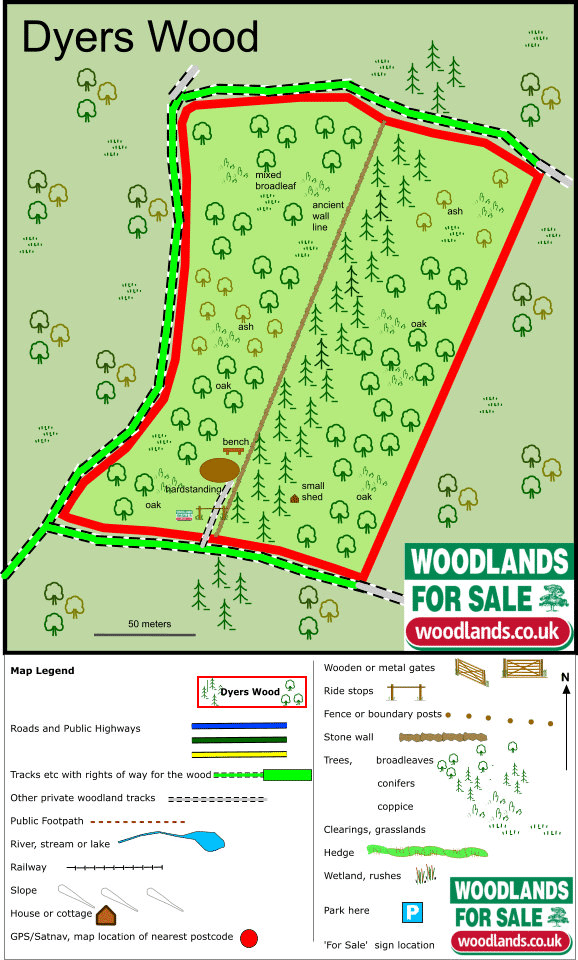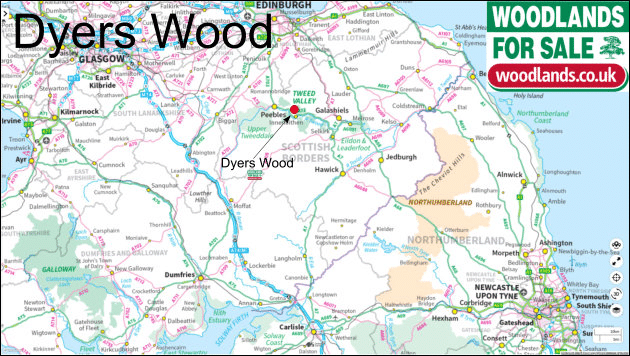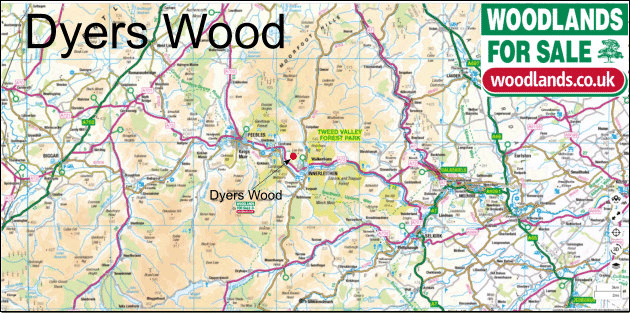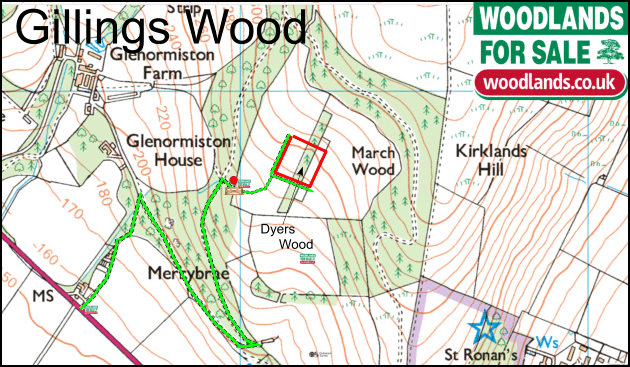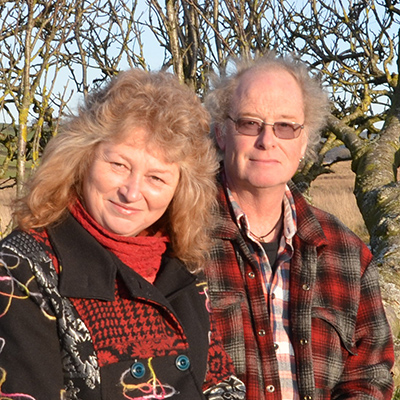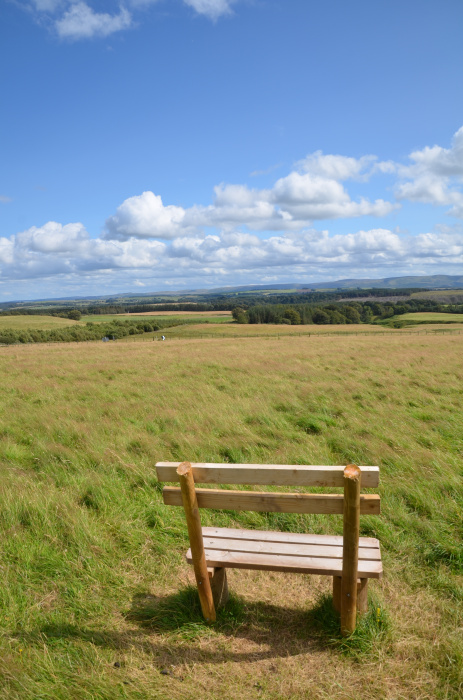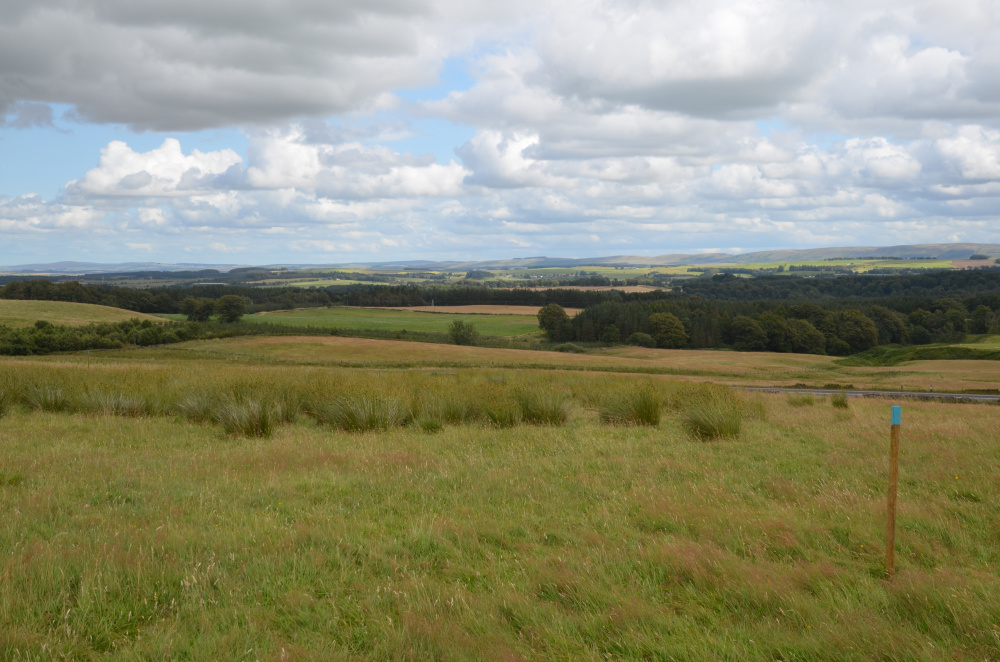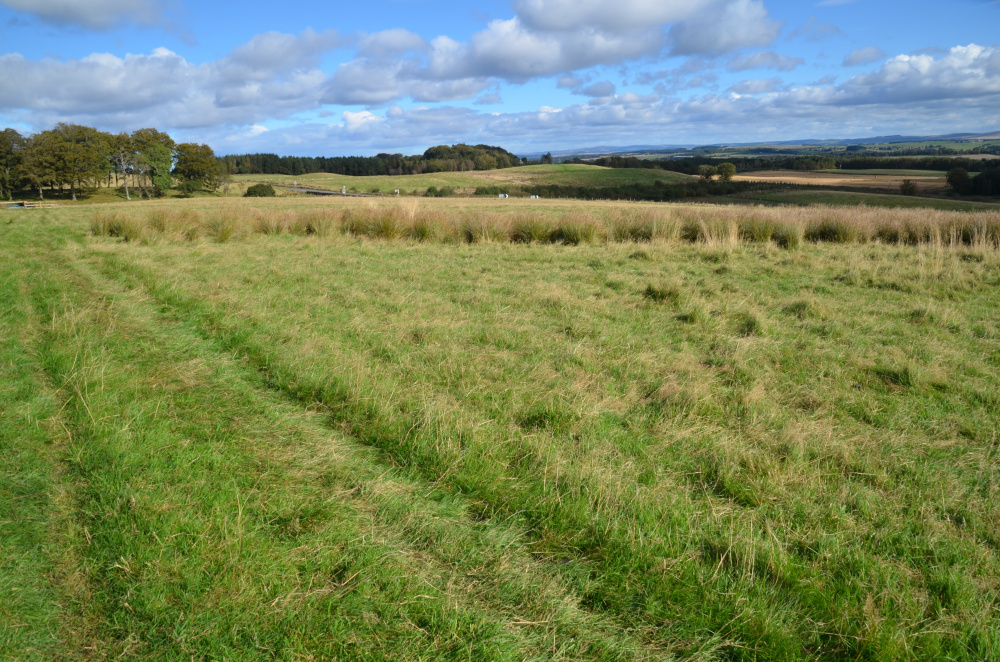Dyers Wood £55,000 Freehold
- Glenormiston, Innerleithen, Scottish Borders
- over 3 ¾ acres.
- Southern Scotland and Northumberland
-
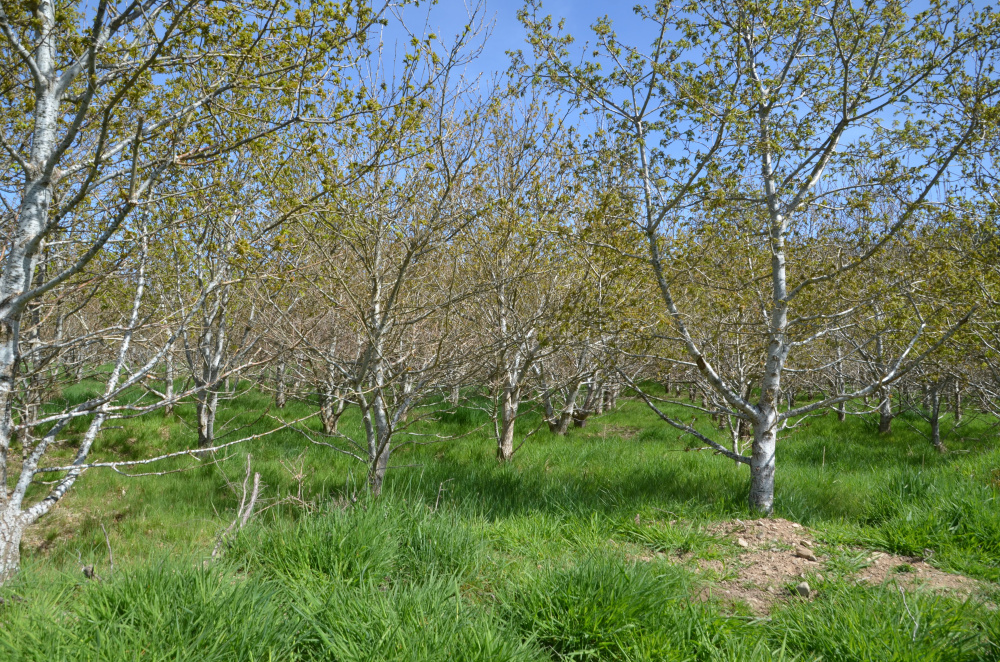
Oak stand
-
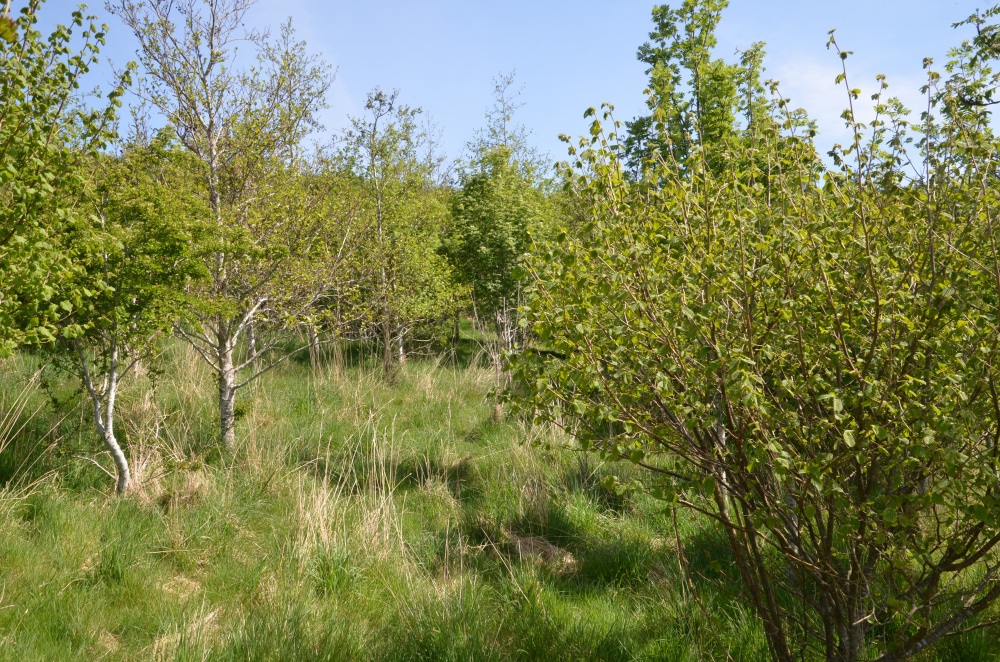
Hazel
-
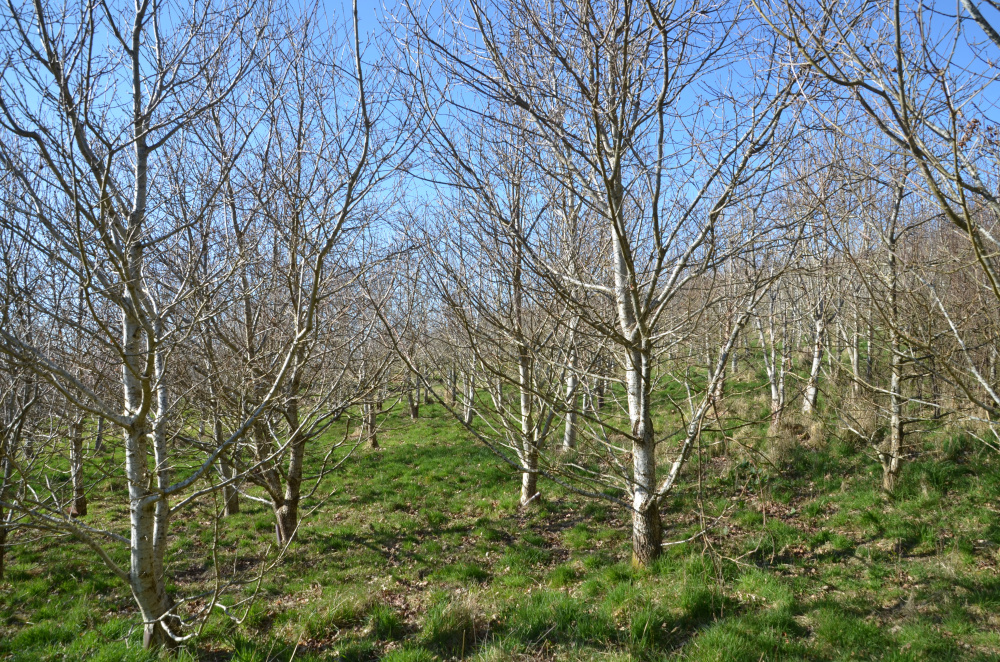
Ash stand
-
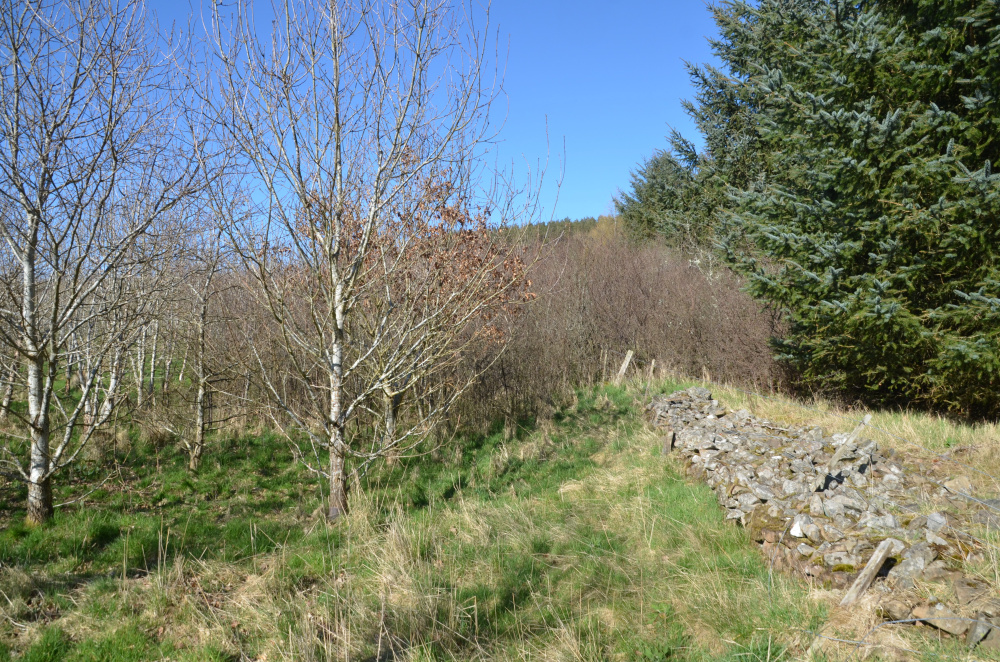
Oak + blackthorn
-
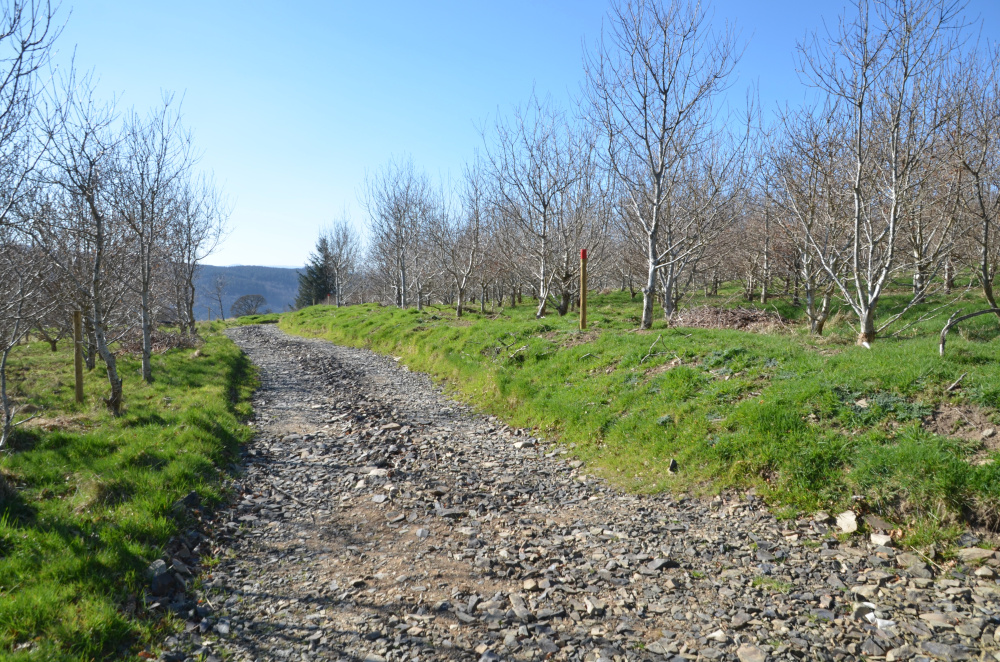
Lower access track
-
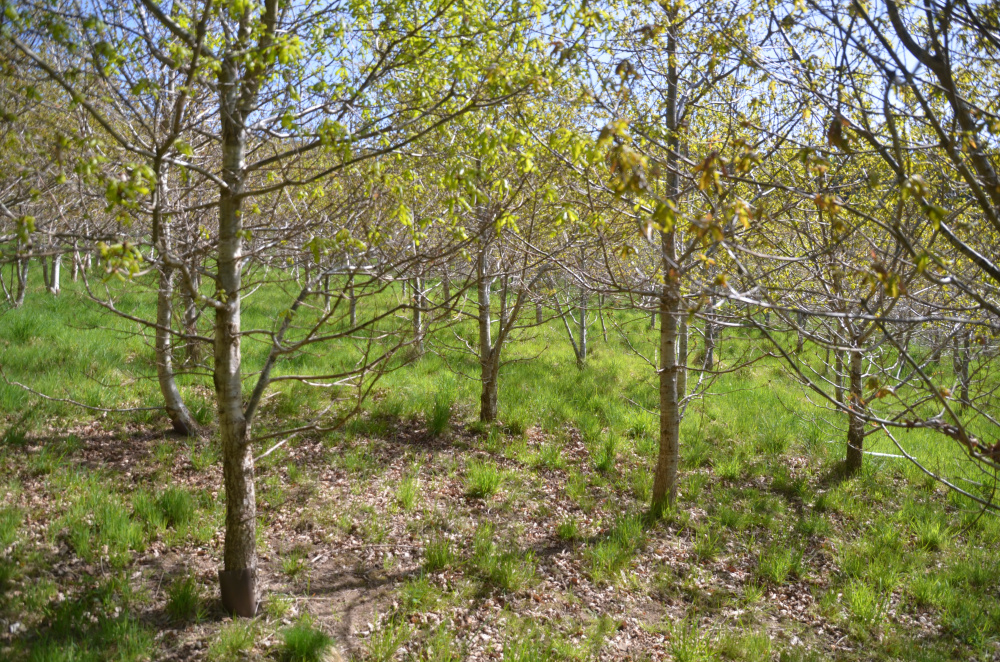
Young oak
-
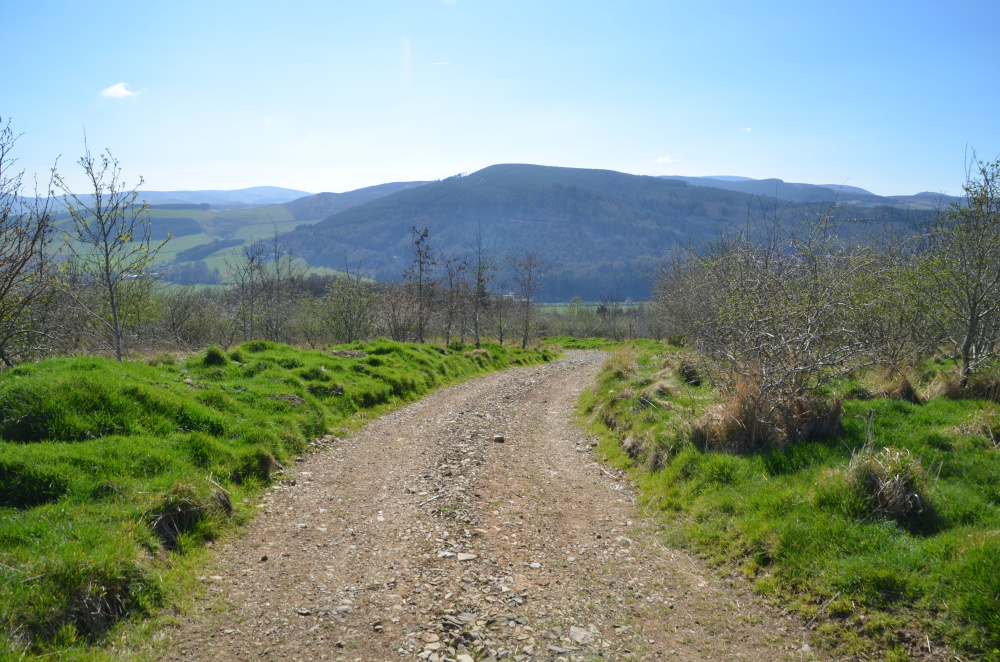
Western access traack
-
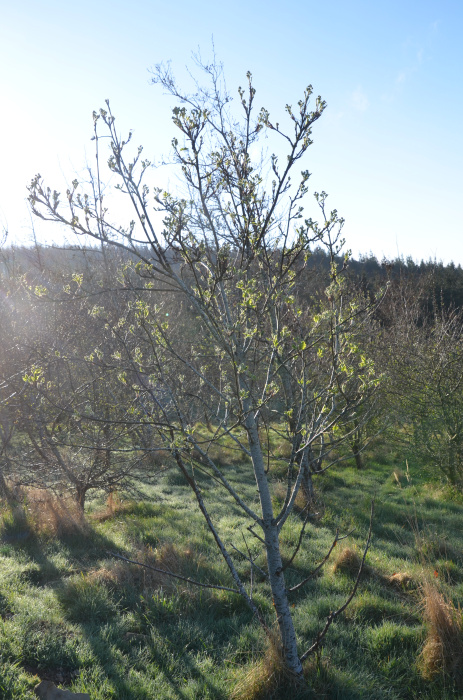
Spring rowan
-
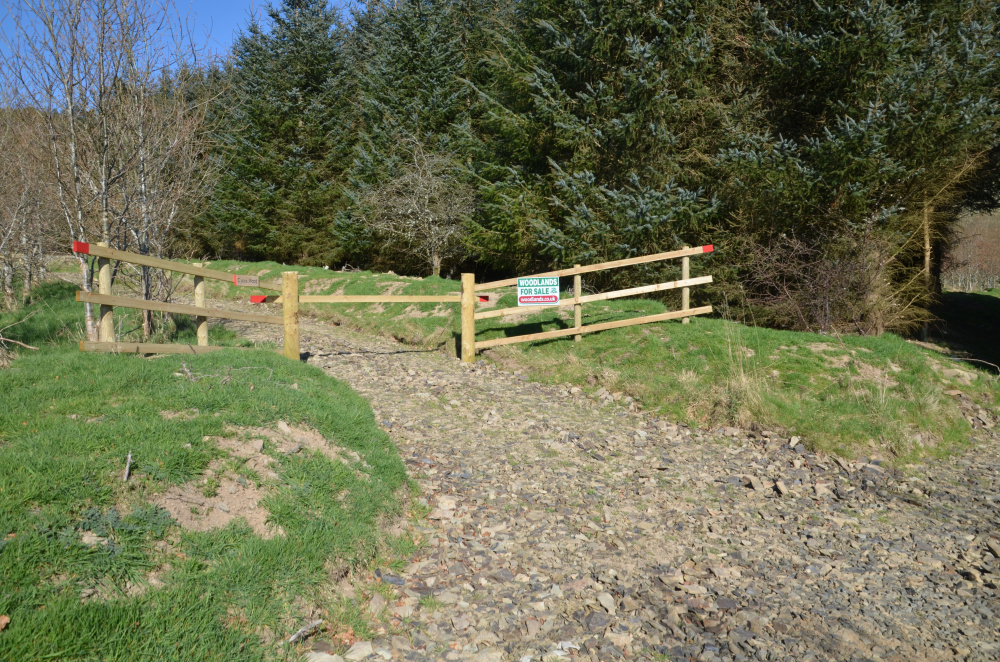
Ridestop entrance
-
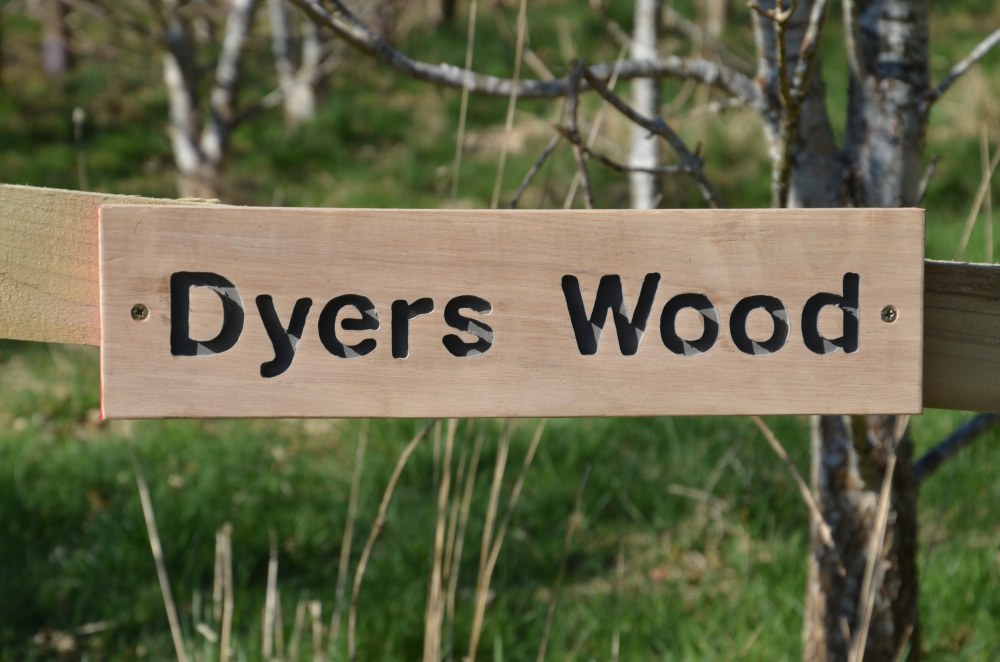
Dyers Wood
-
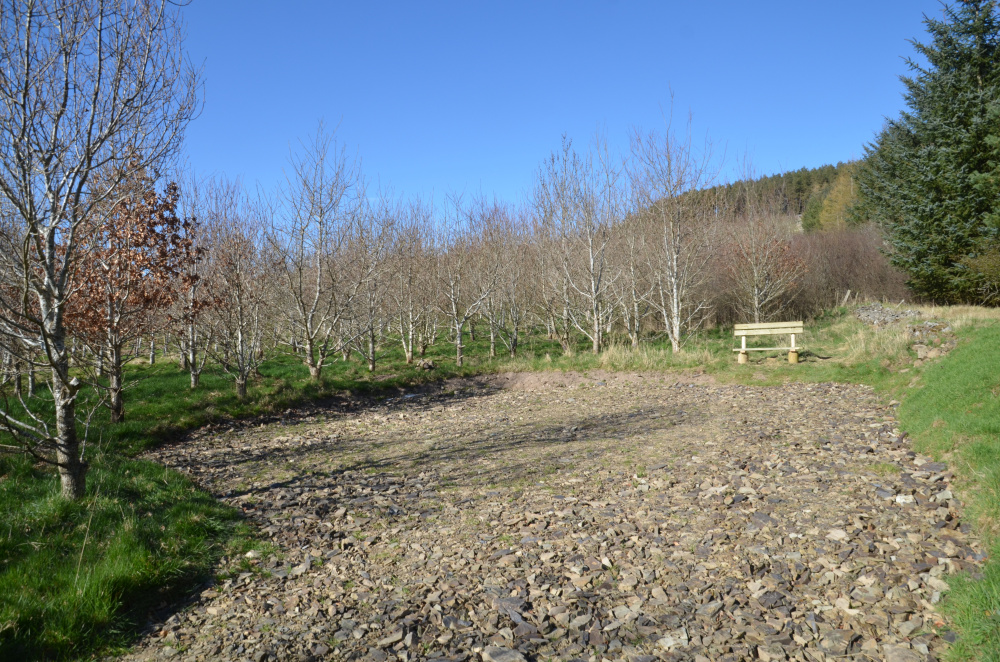
Hardstanding + bench
-
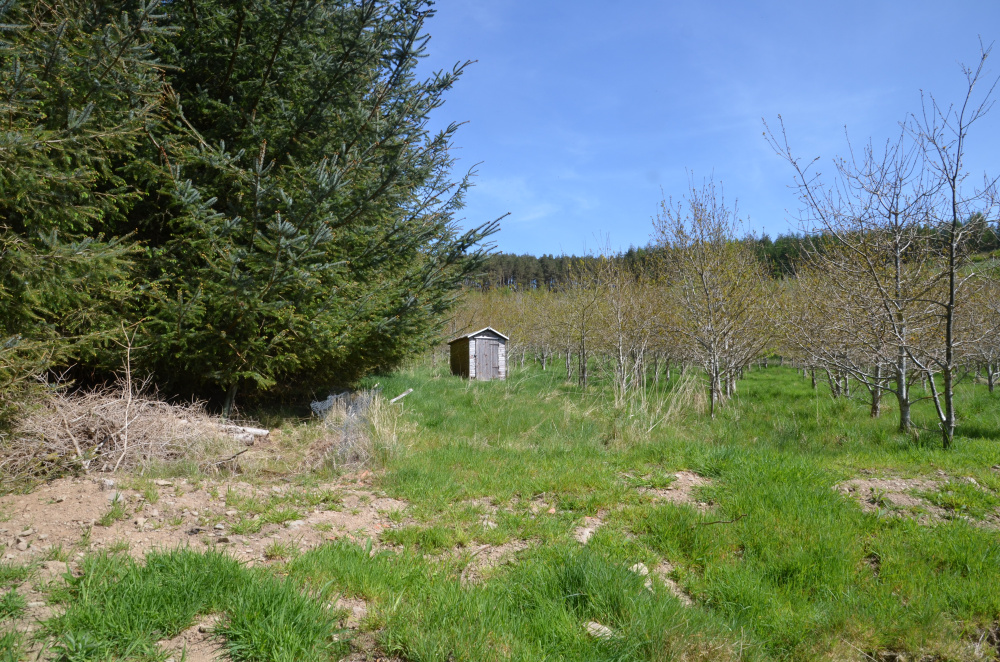
Wee shed
-
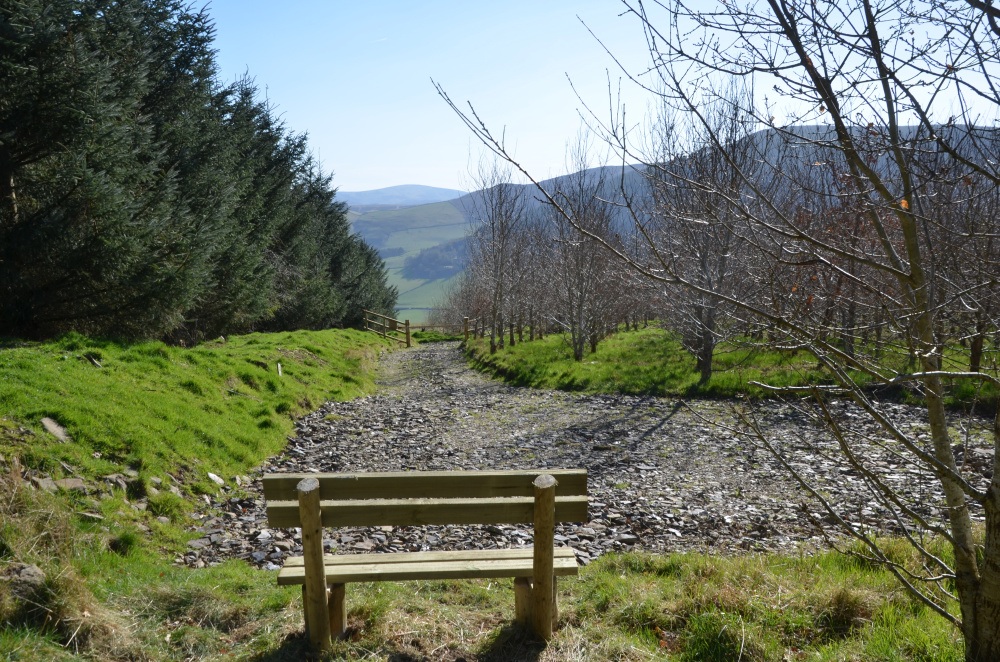
Bench with a view
-
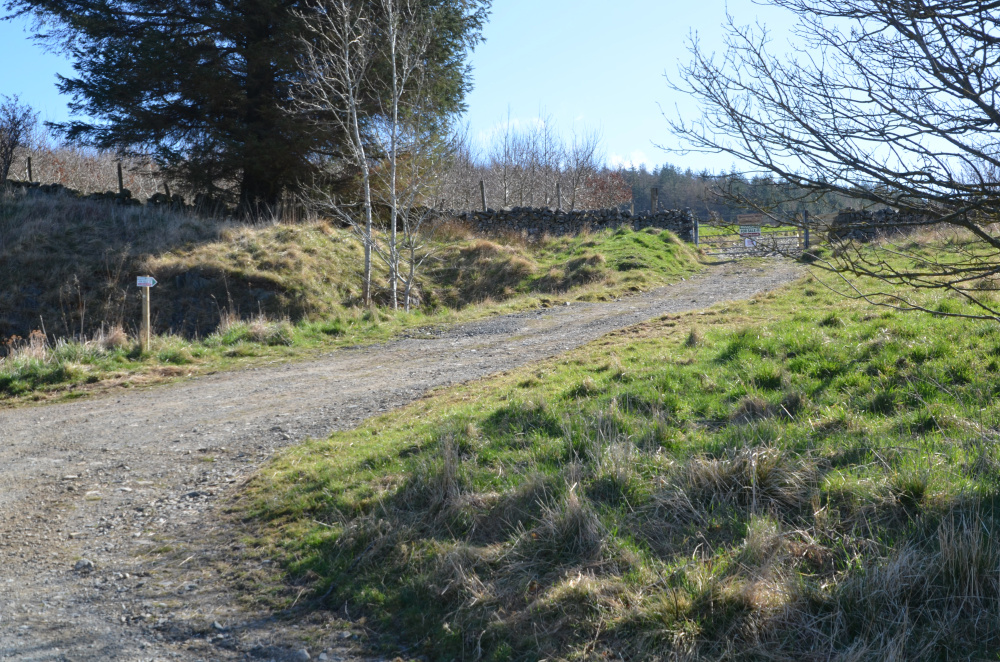
Main entrance gate
-
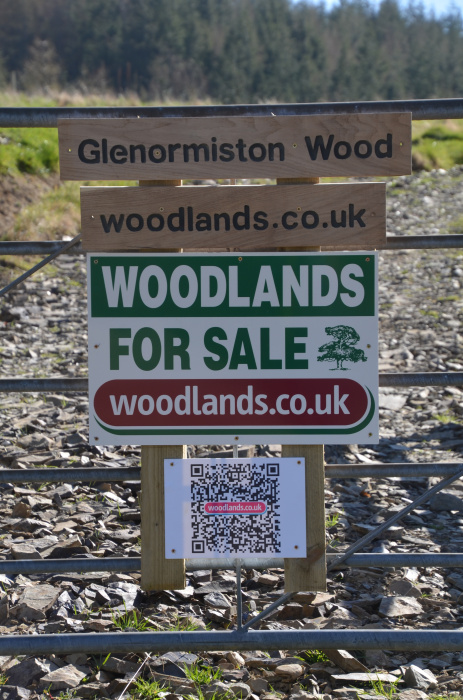
Glenormiston Woods
-
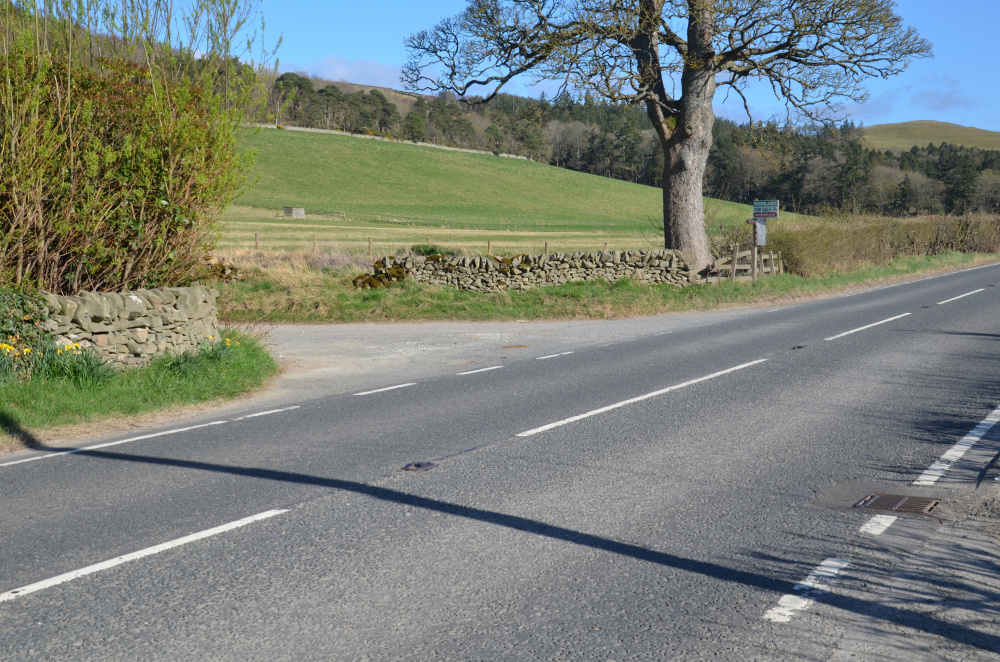
Access off A72
-
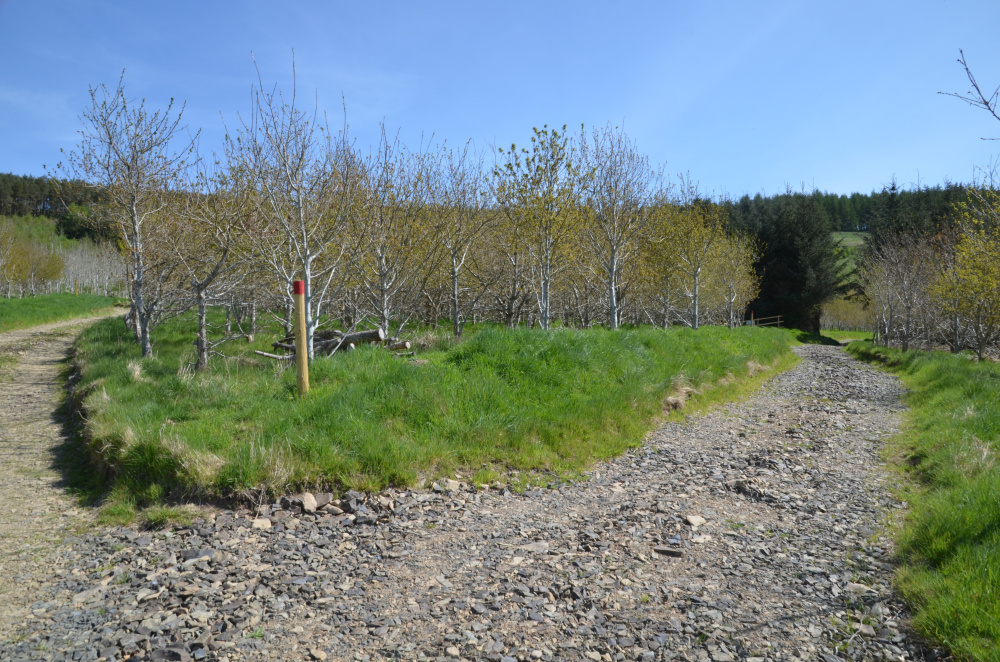
SW corner
-
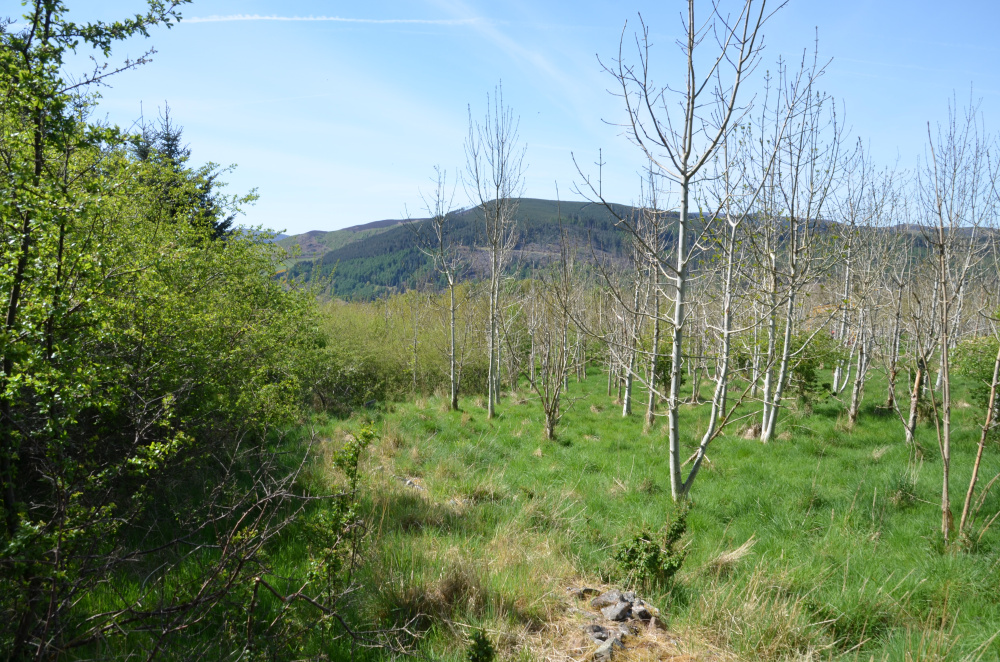
Blackthorn thicket
-
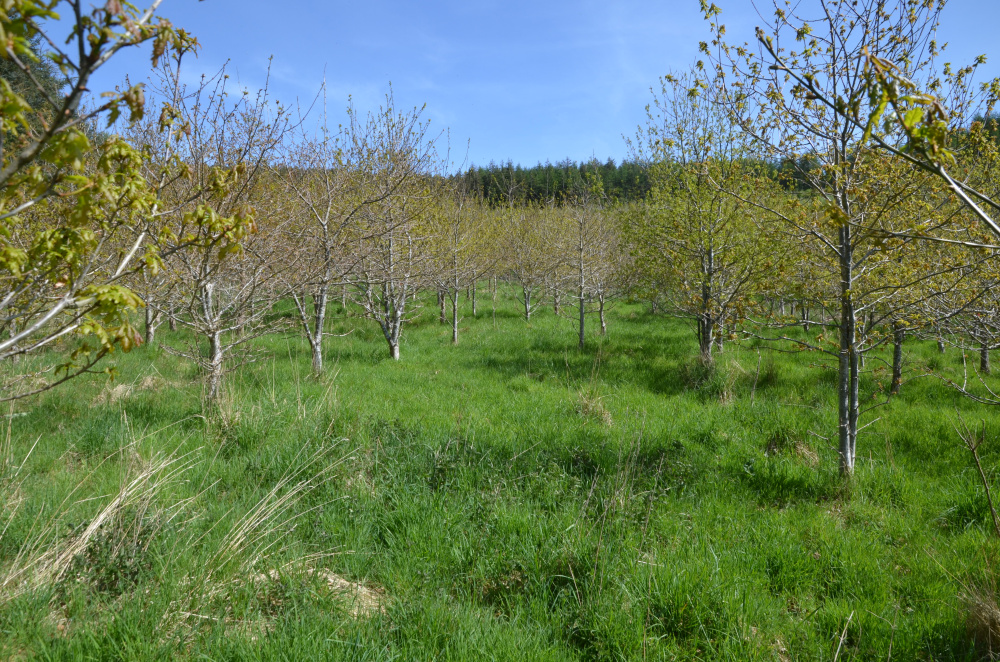
Well spaced planting
-
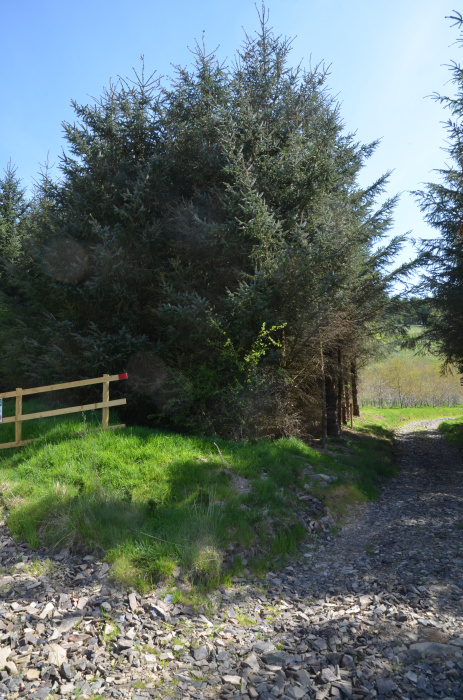
Passage through the spruce
-
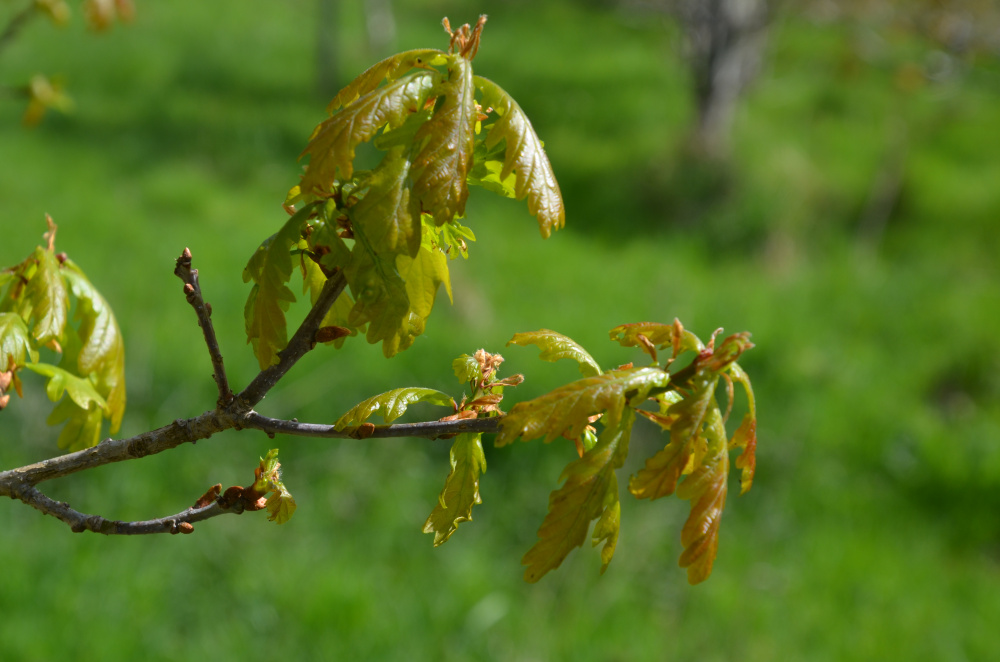
New growth
-
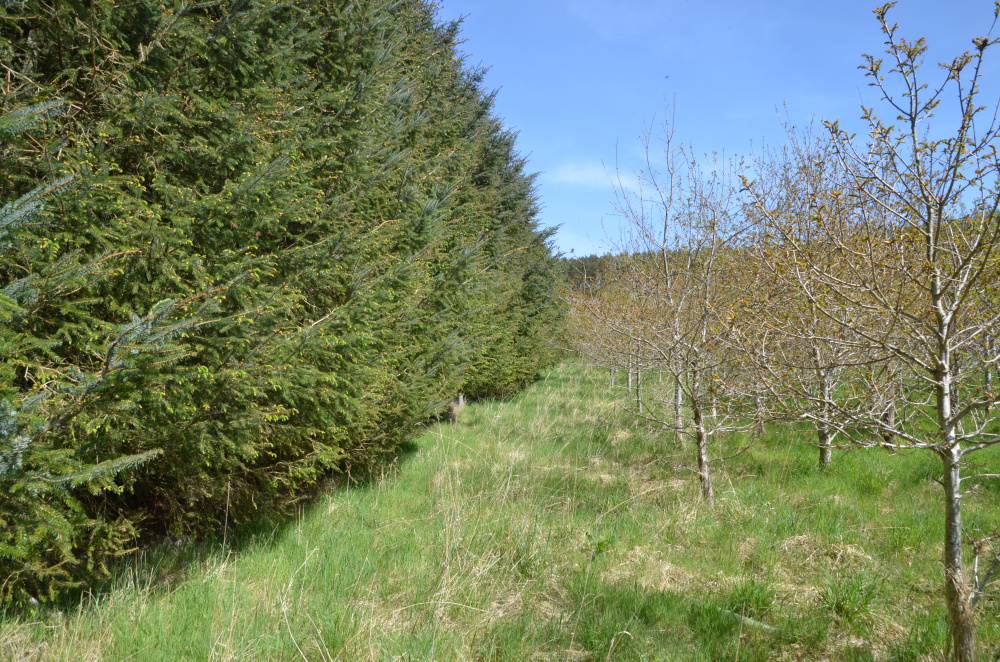
Spruce and oak
-
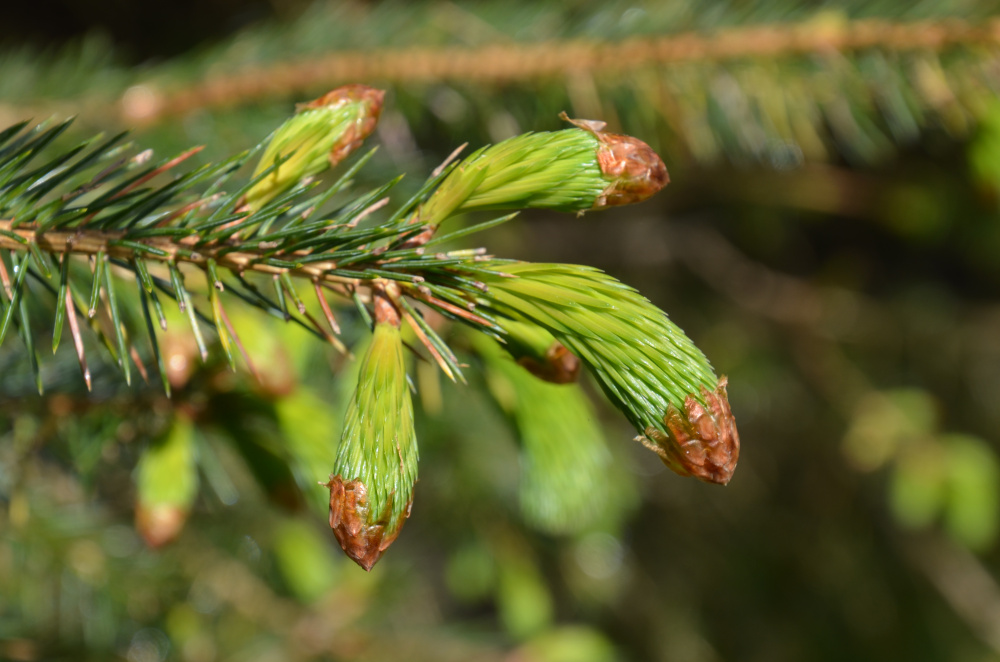
Spruce shoots
-

Hawthorn
-
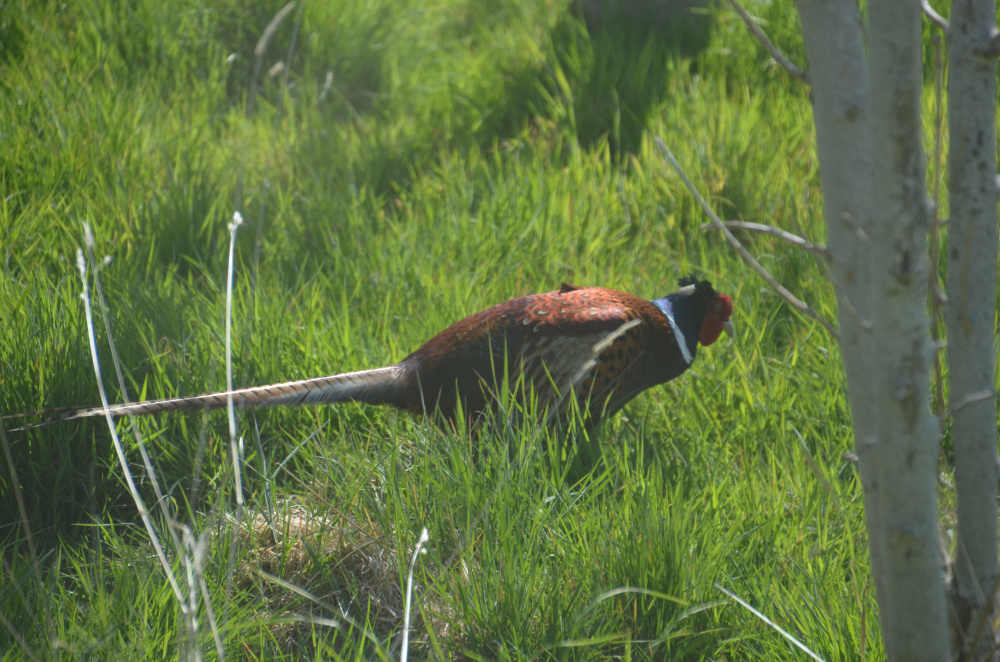
Resident pheasant.
-
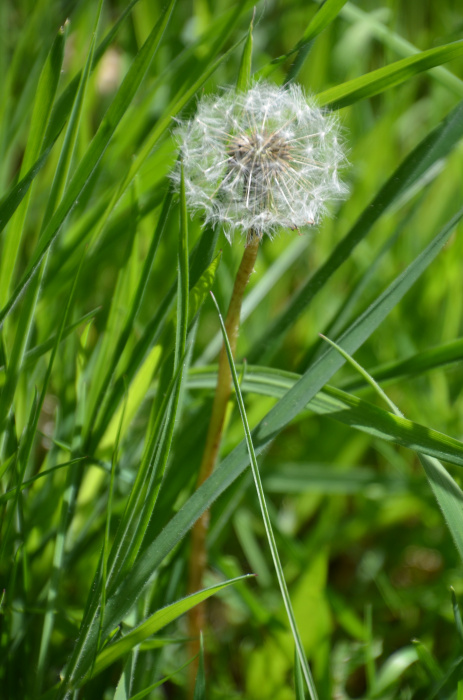
Dandelion clock
-
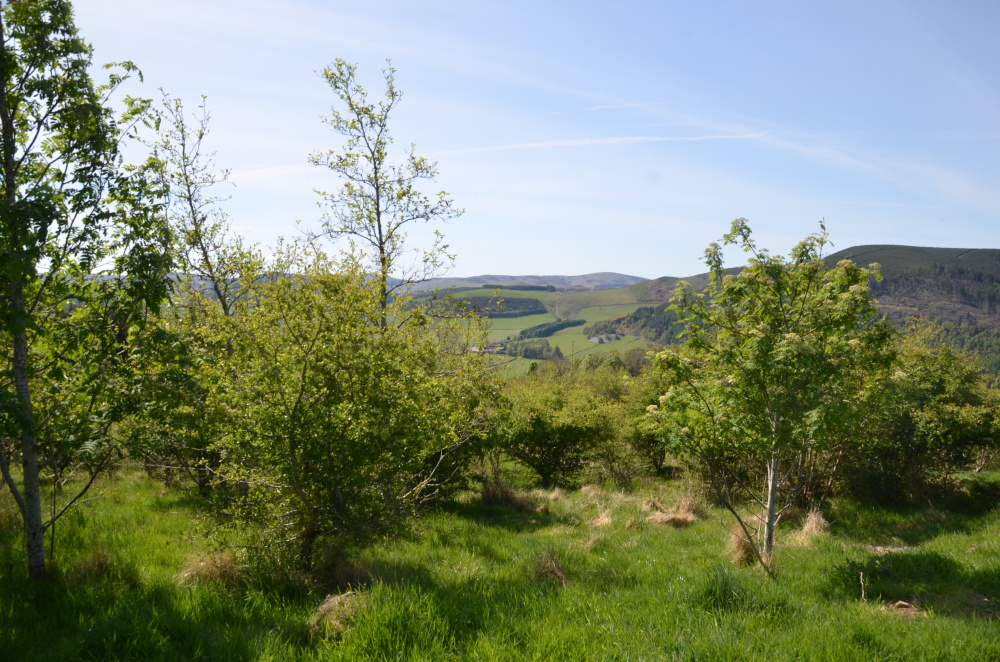
Across the valley
-
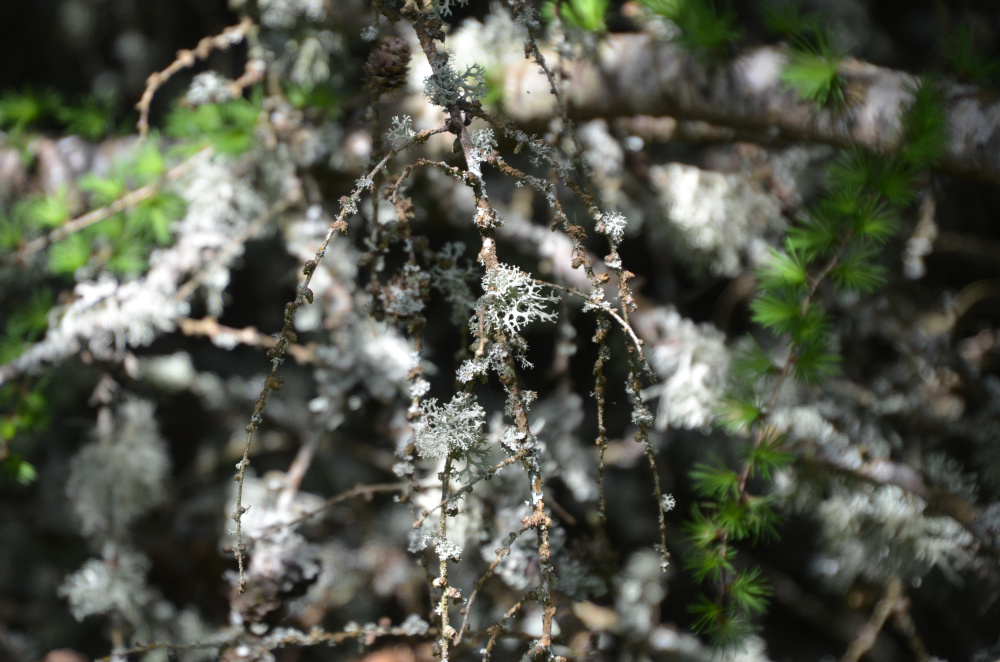
Oak Moss
-
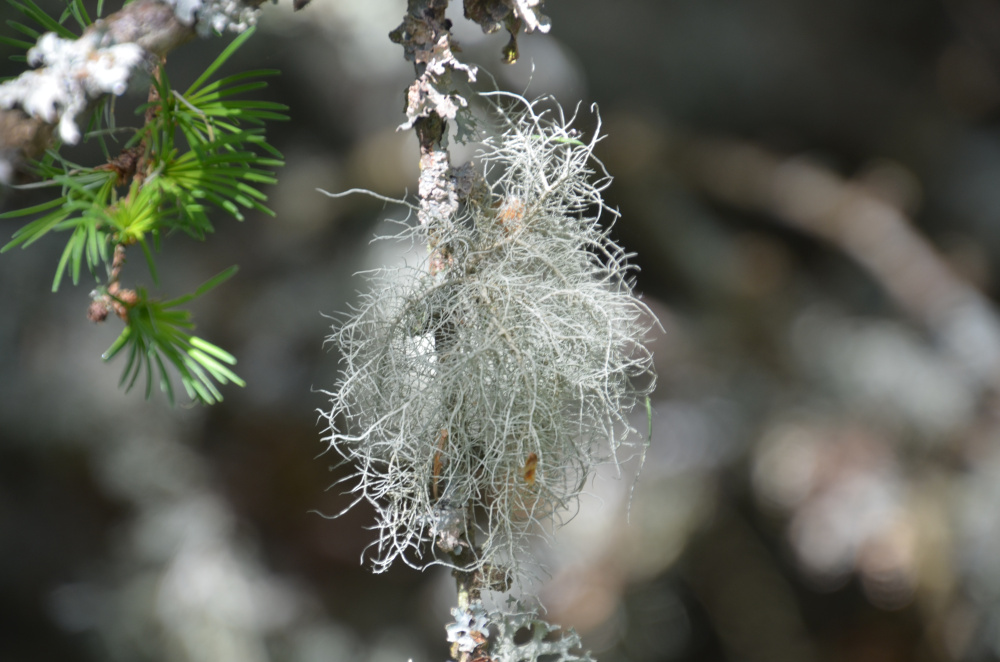
Old Mans Beard
-
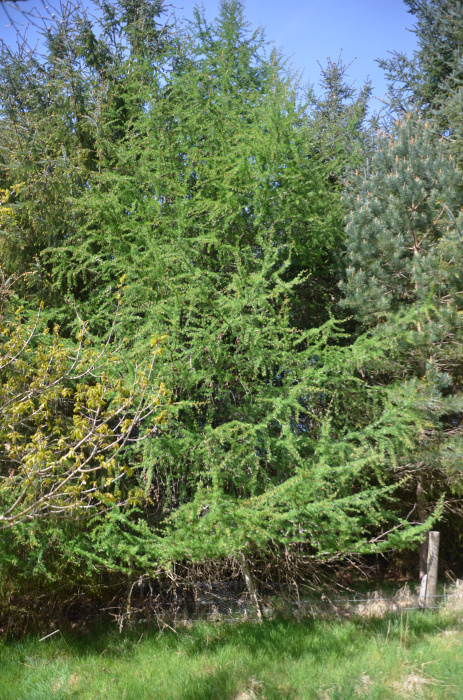
Errant larch
-
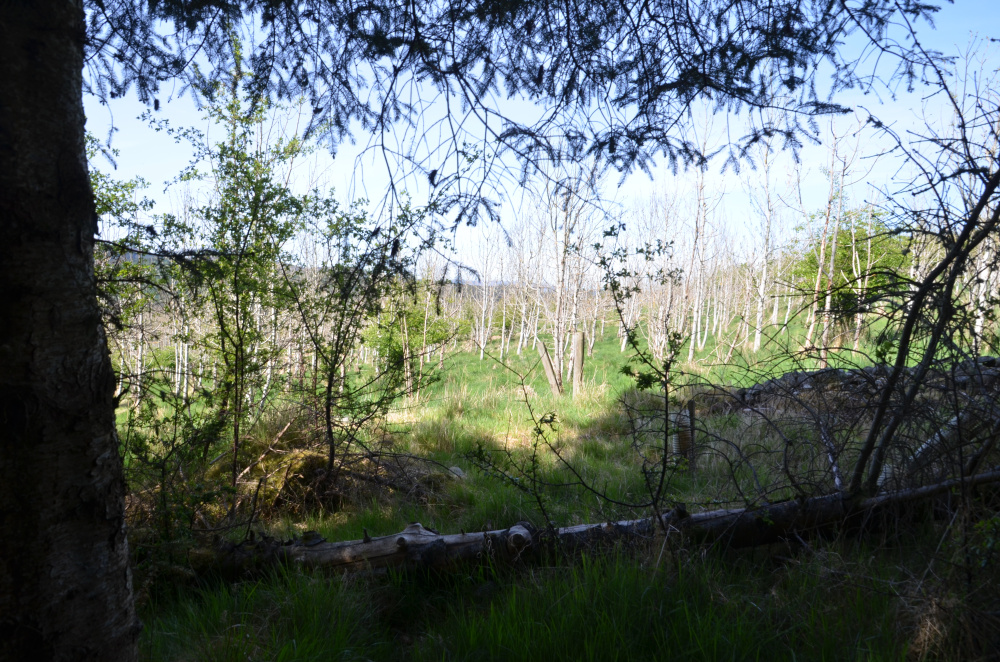
Through the spruce.
-
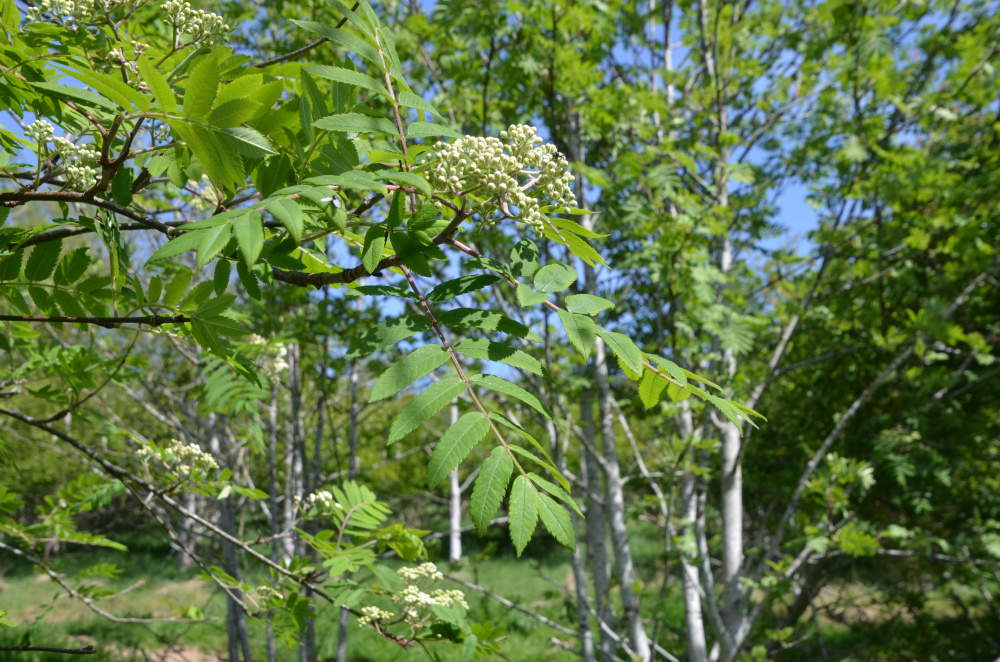
Rowan
-
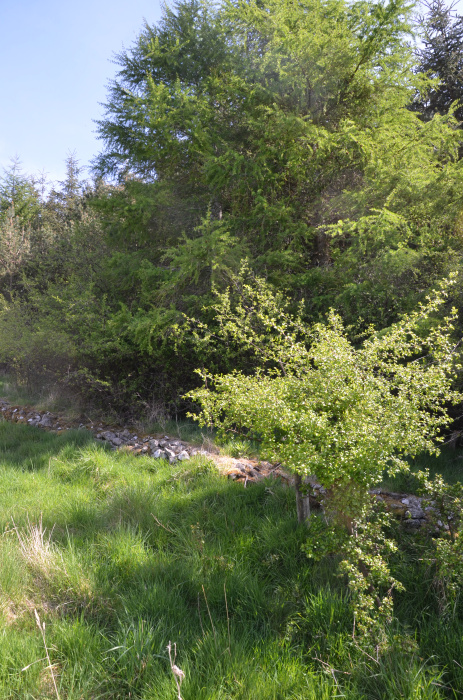
Ancient wall line
-
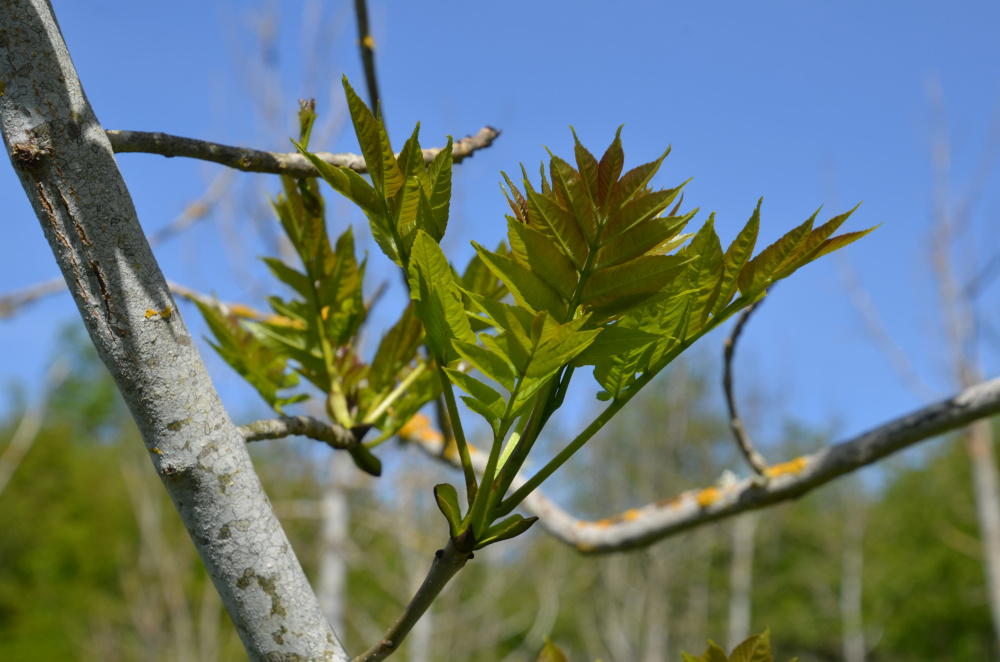
Ash shoots
-

Alder
-
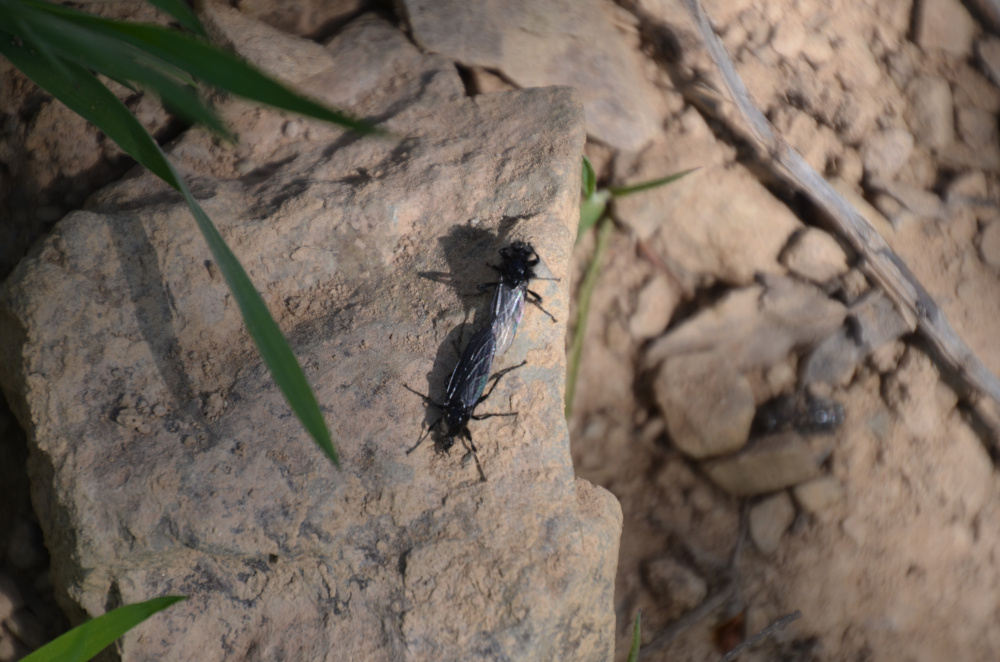
Just good friends
-
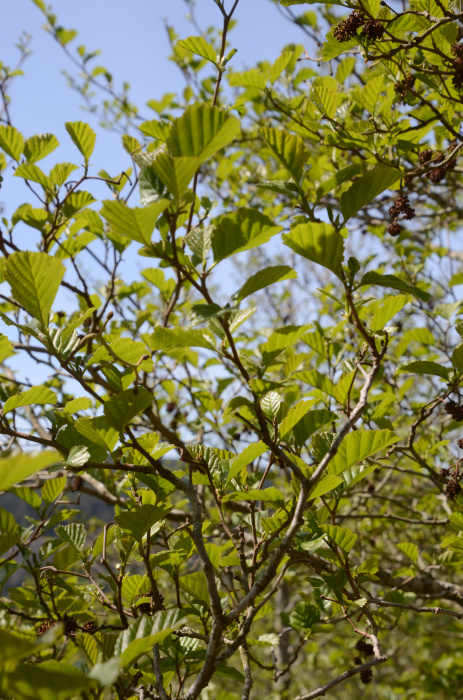
Reach for the sky
-
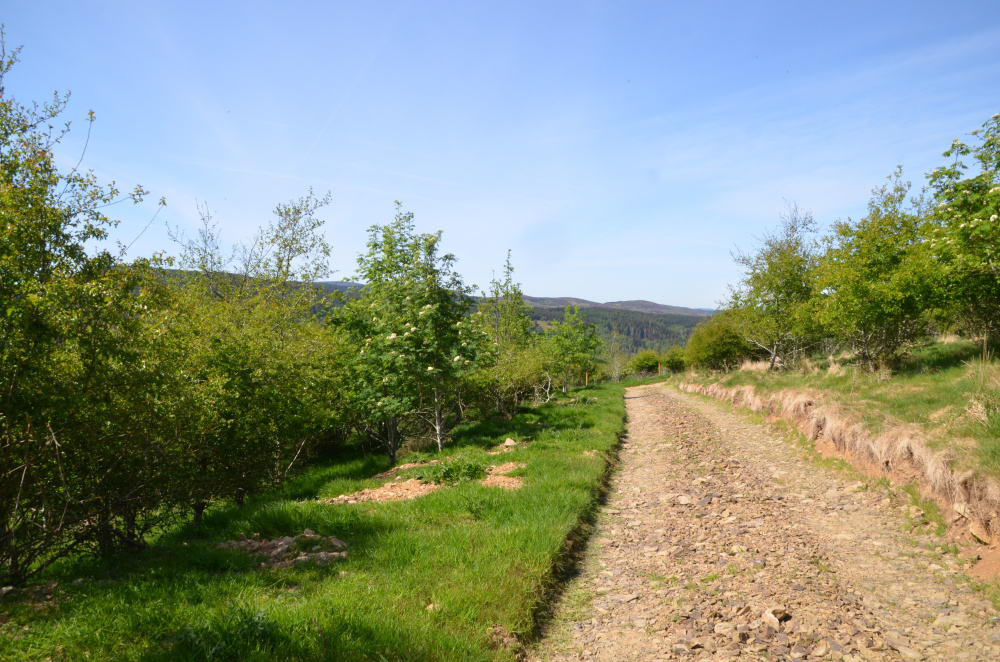
Upper track
-

Rowan in bloom
-
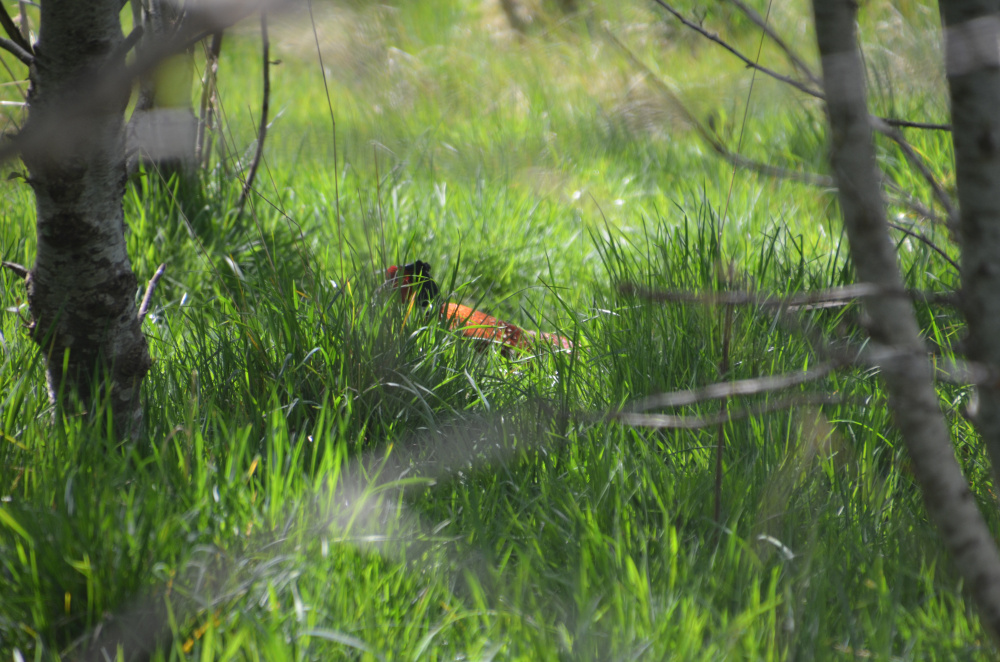
Young mixed broadleaf
-
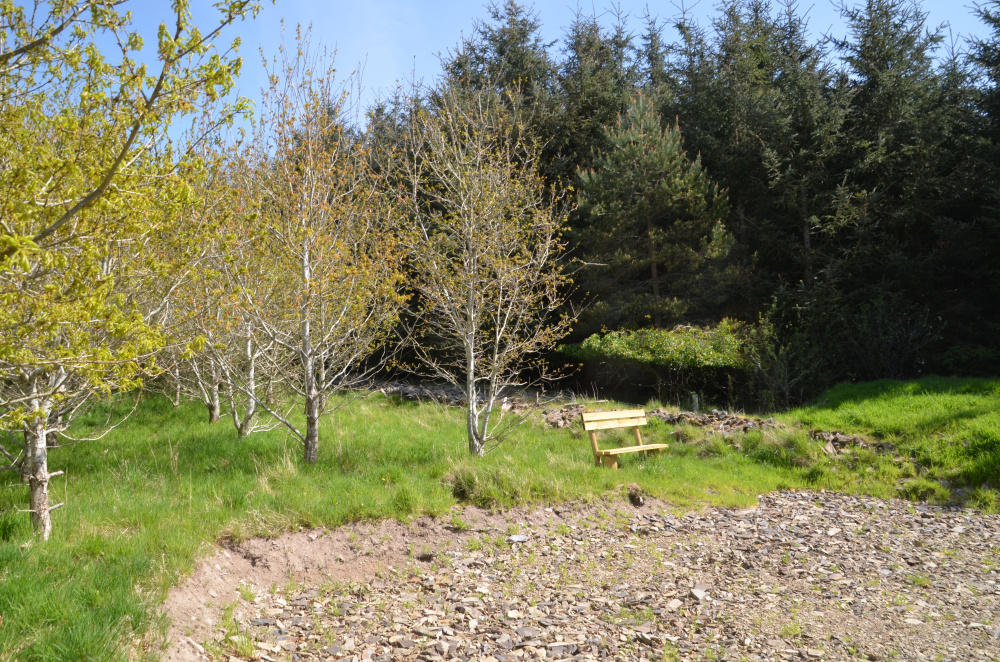
Woodland bench
-
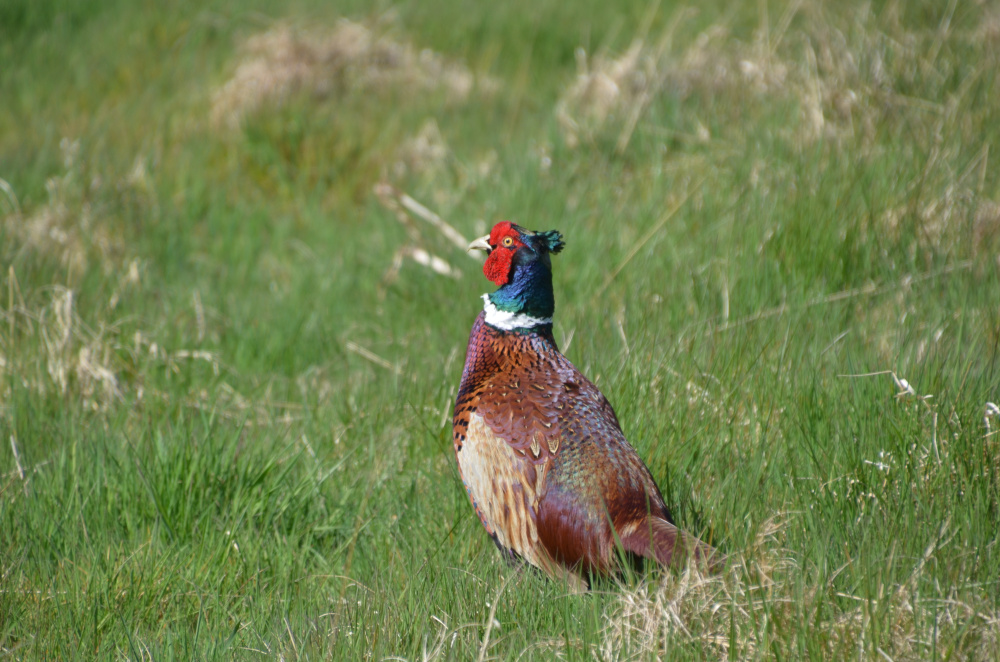
who goes there?
-
Description
Dyers Wood occupies an elevated position high up on the side of the valley of the River Tweed. Its position gives it a stunning viewpoint, taking in both directions along the valley below and over the hills and moors opposite. The wood is a young plantation of native species with a shelter belt of more mature sitka spruce roughly through the middle. The broadleafs are well-spaced and planted in species blocks of oak and ash, with a mixed block along the upper access track. Plenty of scope exists for further planting and supplementing the grassy ground flora with native woodland flower species. The spruce is tightly packed, as is common planting practice, and would benefit from a thin in years to come. This would have the added advantage of supplying a domestic fuel source.
The ground conditions are generally dry with level areas along the lower access tracks. A gentle slope develops moving northwards becoming more pronounced as the upper access track is approached.
A small shed sits against the spruce; although showing its age could easily be upgraded or replaced.
There is a growing interest in hut, bothy and temporary shelter building, especially in Scotland; for those interested in erecting a hut or shelter, here is some interesting and very helpful guidance from Reforesting Scotland’s Thousand Hut Campaign. Your Local Planning Authority should also be consulted.
Trees
The main planted blocks are predominantly oak and ash; the shelter belt is mostly spruce with a few larch here and there.
The mixed block is comprised of rowan, hazel, alder and hawthorn with a large thicket of blackthorn spreading along a portion of the ancient wall line.
The ground cover beneath the trees is largely a mixture of pasture grasses although some woodland species have started to become established; stitchwort, speedwell and ladies mantle have been spotted.
Wildlife
The larger wildlife present, roe deer, badger and fox, are largely itinerant with smaller mammals such as voles and field mice resident in the grassy clumps throughout the wood.
Jays and woodpeckers take advantage of the evergreen cover of the spruce with tits and finches foraying forth amongst the young trees. Rarely a day goes by without a wheeling buzzard soaring magnificently high above.
Features
The woodland features a useful hardstanding that is ideal for stacking timber for home wood fuel. A woodland bench has been sited to take advantage of the superb views over the valley.
Access, tracks and footpaths
Access to the woodland is off the A72 and then via a series of well made forest tracks leading through a gated entrance to the internal woodland tracks.
Rights and covenants
The sporting rights are owned and included in the sale.
As is the case for all our woodlands, the purchaser will be asked to enter into a covenant which serves to protect the peace and quiet of the woodland.Activities
Dyers Wood is an ideal wood for wildlife watching and has many possibilities for conservation-based activities. An overnight camp would certainly be recommended to view the nocturnal activity within the wood or gaze upwards at the star-filled skies. The wood is well placed in the heart of the border country to be used as a base for exploration of the wider local area.
Local area and history
The Tweed Valley in Tweeddale in the Scottish Borders is known the world over for the dramatic beauty of its landscape. Walkers will find the Southern Upland Way just a mile or so to the south; anglers can explore the River Tweed with its salmon fishing flowing in the valley bottom while mountain bikers come to two of the best biking centres in the UK, Innerleithen and Glentress. For a sense of history, a quick look at the OS map shows many ancient monuments, hill forts, settlements and cairns. For more recent history, Traquair is claimed to be Scotland's oldest inhabited house whilst the nearby St Ronan's Well is a Victorian spa visited by many.
Wood maps
Wood map
Boundaries
The boundaries of the wood are marked by red, painted top fence posts.
Find this wood
Location
- OS Landranger: OS No. 73
- Grid ref: NT 321 378
- Nearest post code: EH44 6RD
- GPS coordinates: 55.6291, -3.07932
Location map
Directions
Dyers Wood is about 50 mins south of Edinburgh just off the A72 by Innerleithen.
Click here for Directions From Bing maps, enter your own postcode, Dyers Wood coordinates are already entered) and click on the blue "Go" box. This will take you to the entrance just off the A72. It's easily printed.
Satnav: the postcode EH44 6RD is for the point shown by the red dot on the location map.
what3words ///cape.bounding.ship
Conventional directions:
- From Innerleithen take the A72 towards Peebles. After about 1 mile pass Caerleebank livery on the right.
- Pass a red warning sign; "Farm traffic" and take the farm track to the right immediately before a row of white cottages at 90° to the road.
- From Peebles take the A72 towards Innerleithen for about 3½ miles passing the McDonalds Cardrona hotel on the right.
- After a further 1½ miles pass the entrance to Glenormiston farm which has a white gatehouse with ornate wrought iron gates.
- Pass a red warning sign: "Farm traffic" and take the farm track to the left immediately after a row of white cottages at 90° to the road.
- Follow the track up the hill turning right at the T junction. Continue through the trees, the track bends sharp left passing a gateway to a timber stable on the right. The road continues to rise passing through a stand of birch trees.
- Please park in front of the small quarry on the right, the main entrance is evident, to the right of the track.
- Walk through the stile next to the gate and continue up the hill for about 100m and take the first track to the right.
- A well-marked entrance is on the left. after about 30m.
How we support our buyers
Membership of the small woodland owners’ group
£300 for a woodland course of your choice
One year's free membership of the royal forestry society
Please note this wood is owned by woodlands.co.uk.
Our regional managers are often out working in our woodlands, so if you email an offer and want to be sure it has been received, please phone our manager on their mobile phone. The first offer at the stated price which is accepted, whether by phone or email, has priority.
Please take care when viewing as the great outdoors can contain unexpected hazards and woodlands are no exception. You should exercise common sense and caution, such as wearing appropriate footwear and avoiding visiting during high winds.
These particulars are for guidance only and, though believed to be correct, do not form part of any contract. Woodland Investment Management Ltd hereby give notice under section 21 of the Estate Agents Act 1979 of their interest in the land being sold.
A young mixed broadleaf woodland with a belt of more mature spruce running through the middle in a quiet rural location yet within easy reach of the road network.
